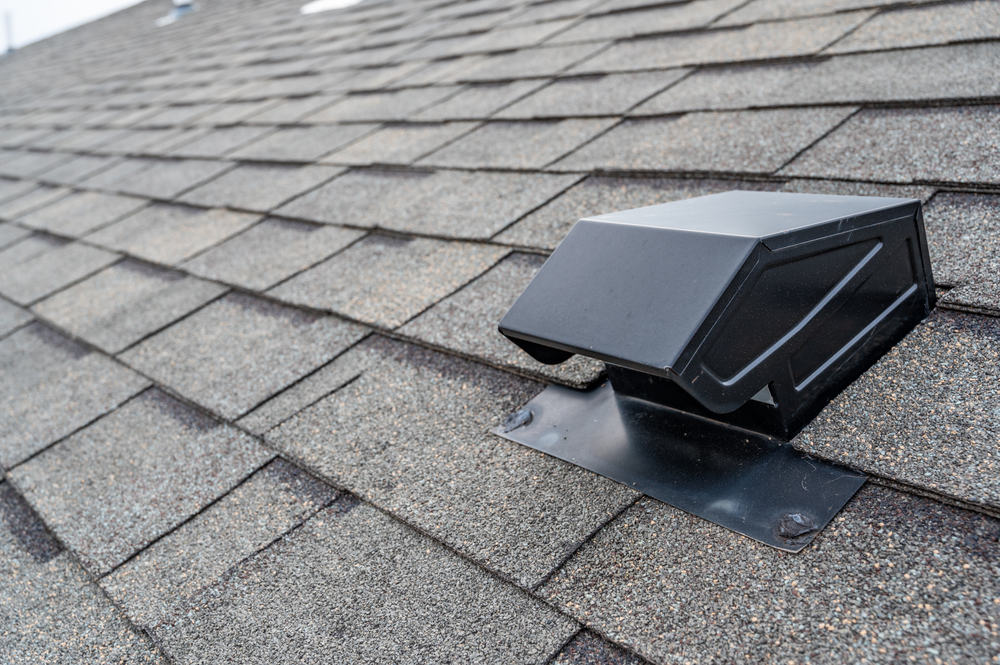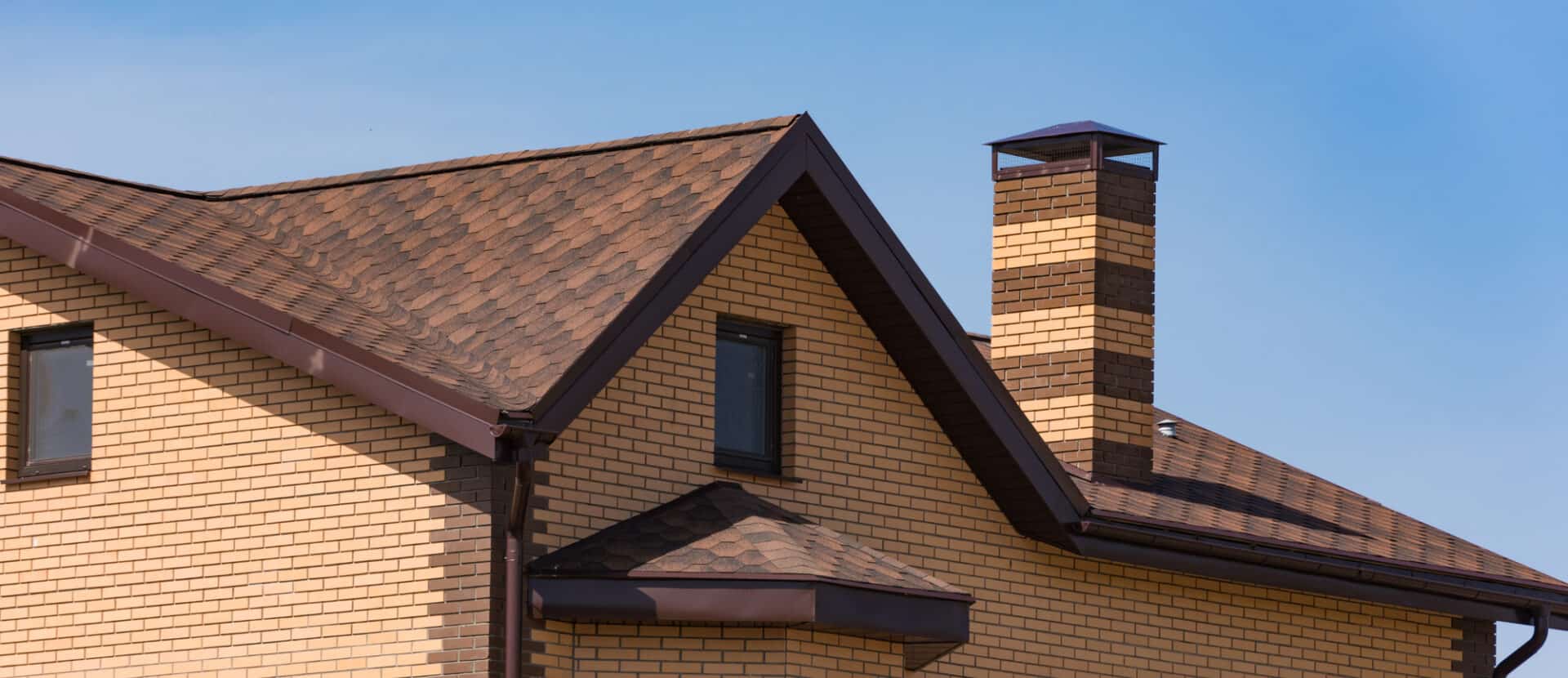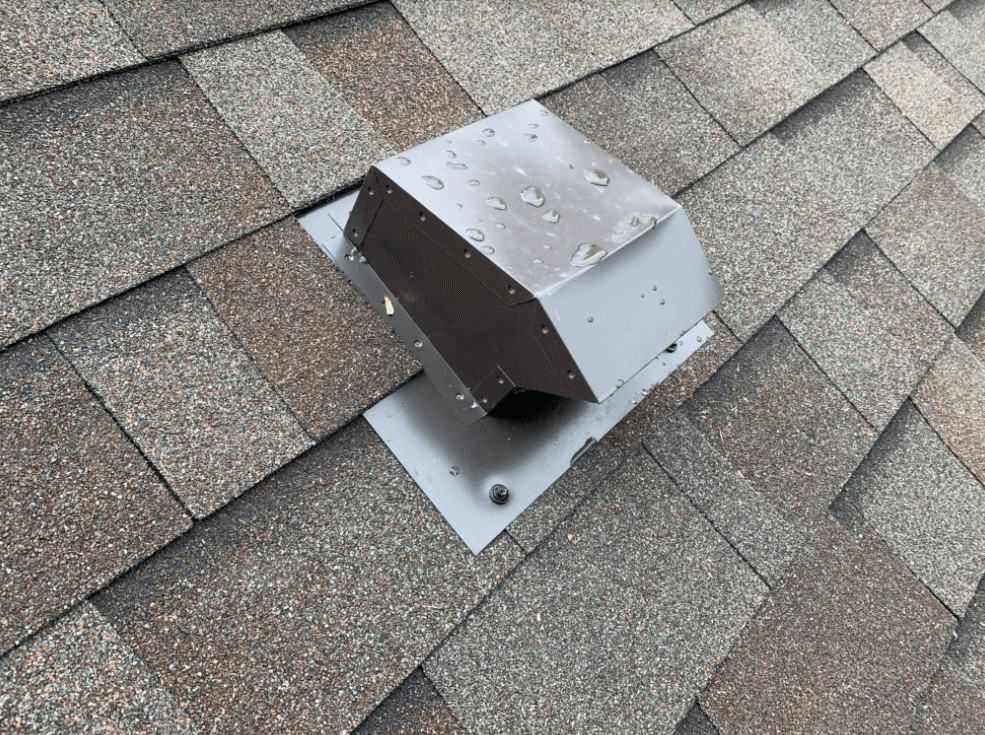Your roof is more than just a protective covering for your home; it’s a system that involves various components working together to ensure your comfort and safety. One crucial aspect that often goes overlooked is attic ventilation. Paired with the right type of roofing, proper ventilation plays a vital role in maintaining a healthy indoor environment and extending the lifespan of your roof. In this blog post, we’ll explore different types of roofing and how they interact with various attic ventilation methods.
Types of Roofing

1. Asphalt Shingles:
Asphalt shingles are the most common roofing material due to their affordability, durability, and ease of installation. They come in a variety of styles, including three-tab, architectural, and luxury options. While they’re compatible with various ventilation systems, it’s important to ensure that the attic space beneath is adequately vented to prevent moisture buildup.
2. Metal Roofing:
Metal roofs are known for their longevity and durability. They’re resistant to fire, pests, and extreme weather conditions. When paired with a well-designed attic ventilation system, metal roofing can help regulate temperatures, reducing the strain on your HVAC system and potentially lowering energy costs.
3. Slate and Tile Roofing:
Slate and tile roofs offer a timeless and elegant look while providing exceptional durability. They’re resistant to rot, insects, and fire. However, their weight can be a consideration, and it’s crucial to ensure that the attic beneath is properly ventilated to prevent moisture retention, which can lead to damage over time.
4. Wood Shingles and Shakes:
Wood shingles and shakes provide a natural and rustic appearance. They’re eco-friendly and can be a good choice for certain architectural styles. However, they require regular maintenance and need to be installed over a well-ventilated attic space to prevent moisture-related issues.
Types of Attic Ventilation
1. Ridge Ventilation:
A ridge vent is installed along the peak of the roof and allows hot air to escape from the attic while drawing in cooler air through soffit vents. This creates a continuous flow of air, which helps regulate temperatures and reduce moisture buildup.
2. Soffit Ventilation:
Soffit vents are installed along the eaves of the roof and allow fresh air to enter the attic space. When combined with a ridge vent, they facilitate a balanced airflow that promotes a healthy environment in your attic.
3. Gable Vents:
Gable vents are located on the gable ends of a roof and promote natural ventilation by allowing hot air to escape. They work best when used in conjunction with soffit vents to ensure a steady flow of air.
4. Powered Ventilation:
Powered attic fans or roof-mounted exhaust fans can provide additional ventilation when natural airflow is insufficient. These fans help expel hot air from the attic, keeping the space cooler and reducing the load on your HVAC system.
Questions About Roof Ventilation?
Selecting the right roofing material and pairing it with an effective attic ventilation system is crucial for maintaining a healthy and durable roof. By understanding the compatibility between these elements, you can create a harmonious roofing system that enhances your home’s comfort, energy efficiency, and longevity. Consult with a professional roofing contractor to ensure that your chosen roofing material and ventilation method work in synergy to protect and enhance your home.
New Heights Roofing is your #1 roofing resource in Post Falls. Give us a call today at (208) 487-6617.


